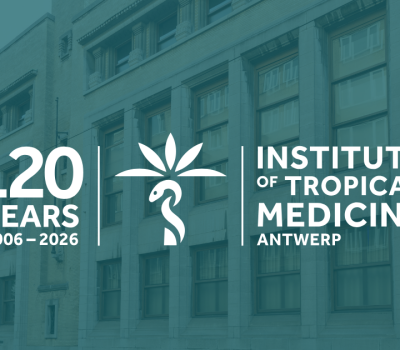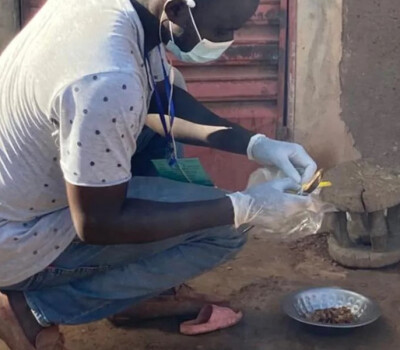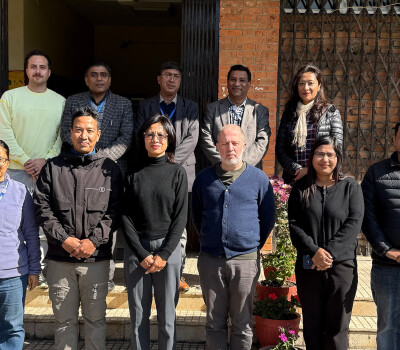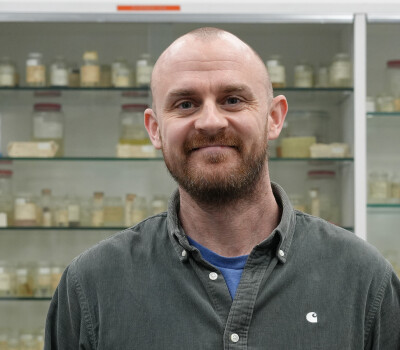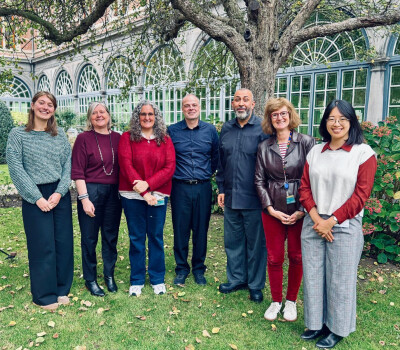Tiger mosquitoes spotted in Belgium in 2019

Researchers from the Institute of Tropical Medicine (ITM) in Antwerp have spotted tiger mosquitoes in our country this year, finding eggs, larvae and adults of Aedes albopictus. The species was located in three motorway parking areas in both Wallonia and Flanders. This supports an earlier indication that the mosquito was travelling to Belgium with motor vehicle traffic from countries where the species is common, such as Germany and France.
The ITM team responsible for monitoring exotic mosquitoes in Belgium (MEMO project) found tiger mosquitoes in our country between April and October 2019. “We spotted four adult tiger mosquitoes in a garden centre that imports lucky bamboo in East Flanders. What’s even more remarkable is the detection of a total of 200 eggs and three larvae of tiger mosquitoes in three motorway parking areas in Wanlin (Namen), Sprimont (Luik) and Marke (West Flanders). This is the first time that we found this species in parking areas at Sprimont and Marke and confirms the introduction of this exotic mosquito via motorways from regions in France and/or Germany where the species is established. The parking area in Sprimont is an extension of the ‘autoroute du soleil’. This is the first time that the tiger mosquito has appeared so far inland. The closest regions where the species is established are the Aisne department in France (160 km) and the federal state of Baden-Würtemberg in Germany (200 km),” explains Dr Isra Deblauwe, the scientist who is responsible for the daily follow-up of the mosquito monitoring project.
The tiger mosquito is slowly but surely establishing a foothold in Europe. It has been flourishing in southern Europe for over 20 years and is moving northwards. The mosquito originates from Southeast Asia, but due to the transport of primarily second-hand tyres and lucky bamboo, it is spreading around the world. Aedes albopictus is extremely invasive and adjusts easily to its environment. It also bites during the day and can transmit viruses such as zika, dengue or chikungunya. In October 2019 three native cases of zika were diagnosed in France, the first time the virus was transmitted in Europe by mosquitoes. There were earlier, isolated cases of native dengue and chikungunya in southern France, and in 2017 Italy was plagued by no fewer than 400 cases of chikungunya.
“In our country there are currently just sporadic introductions of the tiger mosquito. There is definitely no indication of an established population yet,” said Dr Wim Van Bortel, general coordinator of the MEMO project. “The mosquito species has not yet survived winter in Belgium, but it is only a matter of time before the species becomes established in our country. Good monitoring and control are needed to put off that moment for as long as possible.”
Along with the tiger mosquito, the ITM scientists also found the Asian bush mosquito (Aedes japonicus) again in Natoye (Hamois) and on the German border. This year, compared to the two previous years, many more Asian bush mosquitoes were caught in Natoye (Hamois) . These mosquitoes have spread in the meantime to a radius of 750 m around the local source population. It seems that this mosquito is spreading again just as it did before the control campaign between 2012 and 2015. Furthermore, Aedes koreicus, a third exotic mosquito, still has an established population in Maasmechelen, but the control campaign this year seems to be having an effect. Both Aedes japonicus and Aedes koreicus are less aggressive than Aedes albopictus and are not important transmitters of disease.
“The monitoring of exotic mosquitoes in our country is crucial. It is the means of detecting invasive exotic species as quickly as possible and controlling them immediately. If the mosquitoes could establish themselves here, good monitoring is particularly important in estimating the risk of transmitting diseases,” concludes Prof. Ruth Müller, head of the Entomology Department of the ITM. This research is carried out in close cooperation with the “Barcoding facility for organisms and tissues of policy concern (BopCo)” of the Royal Museum for Central Africa (Tervuren) and the Royal Belgian Institute for Natural Sciences (Brussel).
Spread the word! Share this story on
